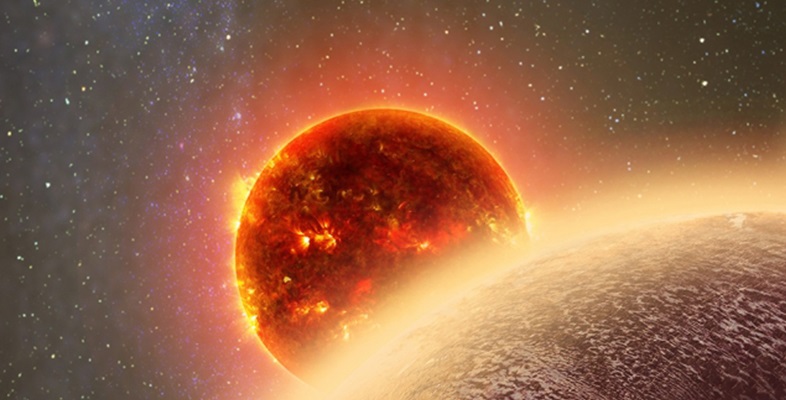3.4 Down to Earth: a practical exploration of planet and star orbits
In the following activity you will explore the implications of the centre of mass in a tactile way.
Activity _unit4.3.1 Activity 2 Orbits
You will need a short garden cane, a piece of string, a tennis ball and a ping pong ball. (Note that the balls will not be usable again afterwards.)
Stick one end of the garden cane into the centre of the tennis ball and the other end into the centre of the ping pong ball. You might need to start things off with some scissors. If you are going to use scissors, do so with care!
Secure with sticky tape if needed.
Attach the string to the cane with a loop so it can move freely up and down the cane. Slide the string until you find the point along the cane where it is balanced, then attach it to the cane with tape.
You don’t quite have a star and planet here because the sizes and masses of the balls are more similar than those of most stars and planets, but what you do have is an example of how a binary star system might work. Binary stars are two stars orbiting around each other, following exactly the same principles as a star and planet system.
Hold the string, use a hook or tie it to a washing line to suspend the balanced stick. Push the tennis ball so that it moves in a circle, twisting and untwisting the string. Notice how much further the ping pong ball moves compared to the tennis ball.
